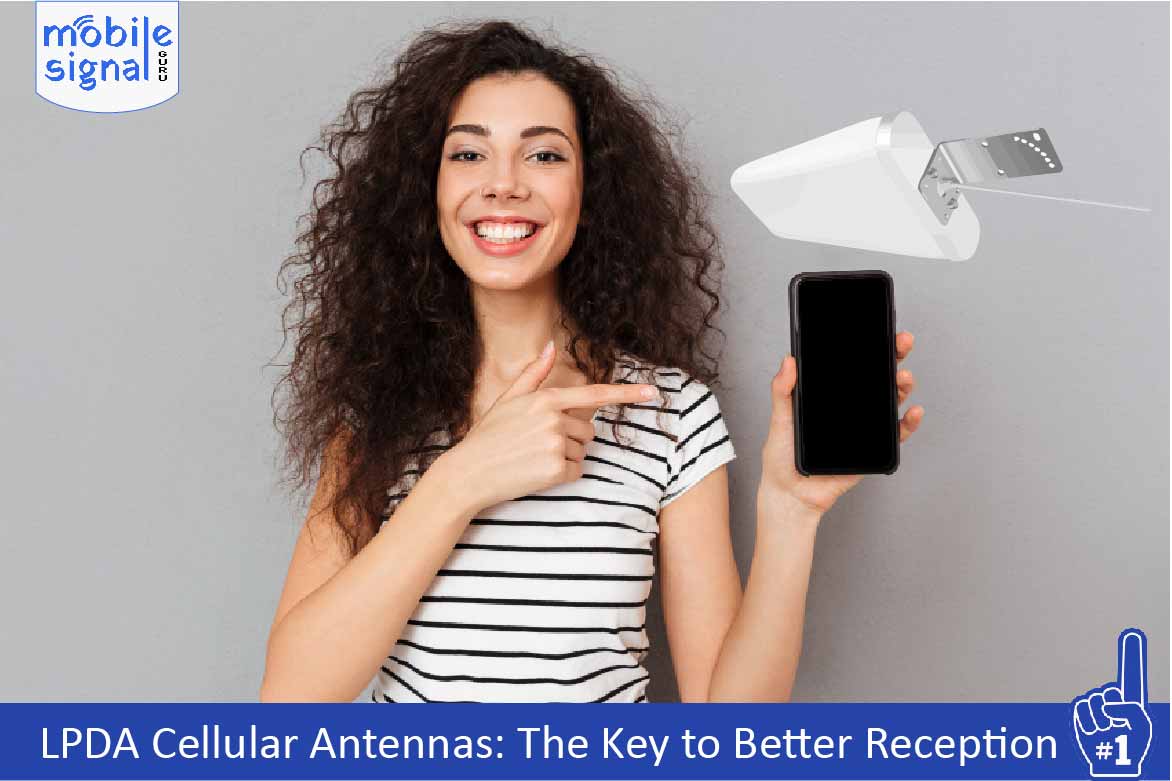In today’s world, strong and reliable cellular reception is essential for staying connected. Whether you’re in a rural area or have signal issues in your home or office, improving mobile signal can be a challenge. One powerful solution is the LPDA cellular antenna. This guide explains what LPDA antennas are, how they work, and why they are key to better cellular reception.
What Is an LPDA Cellular Antenna?
LPDA stands for Log-Periodic Dipole Array. These antennas are highly directional and designed to receive signals from a specific direction. They can capture weak cellular signals from long distances and boost them to improve overall reception. LPDA antennas are commonly used in areas with poor signal quality, like rural or remote locations.
How Do LPDA Antennas Work?
An LPDA antenna consists of several dipole elements arranged in a specific order. Each element is designed to capture a particular frequency. This design allows the antenna to work over a wide range of frequencies, which is why LPDA antennas are often referred to as broadband antennas.
They are highly directional, which means they must be pointed toward the nearest cell tower to function effectively. By focusing on a specific direction, LPDA antennas can eliminate interference and enhance the signal strength.
Key Benefits of LPDA Cellular Antenna
1. Wide Frequency Range
LPDA antennas are capable of capturing signals over a wide frequency range. This makes them suitable for various cellular networks, including 2G, 3G, 4G, and 5G. Whether you need to boost older networks or newer ones, LPDA antennas provide flexibility.
2. Improved Signal Strength
One of the main reasons people choose LPDA antennas is their ability to boost weak signals. If you live in an area with poor reception, such as rural or mountainous regions, an LPDA antenna can significantly improve your signal strength.
3. Long-Range Reception
Because of their directional nature, LPDA antennas are ideal for capturing signals from distant cell towers. They are perfect for users located far from urban areas, where signal strength is often weaker.
4. High Gain Performance
LPDA antennas offer high gain, which refers to the antenna’s ability to focus and amplify signals. The higher the gain, the stronger the signal boost, leading to clearer calls and faster internet speeds.
5. Reduced Interference
By focusing on a specific direction, LPDA antennas reduce interference from other signals or obstructions. This results in a more stable connection and fewer dropped calls.
How to Install an LPDA Antenna
Installing an LPDA antenna is relatively simple, but it requires careful positioning for optimal performance. Follow these steps:
1. Find the Nearest Cell Tower
Before installation, identify the direction of the nearest cell tower. You can use mobile apps or online tools to locate it. The LPDA cellular antenna must be pointed toward this tower to capture the best signal.
2. Mount the Antenna Outdoors
LPDA antennas work best when mounted outdoors, preferably on the roof or a high location. Ensure that there are no obstructions like trees or buildings between the antenna and the cell tower.
3. Use Proper Mounting Hardware
Secure the antenna using sturdy mounting hardware. This prevents the antenna from moving during strong winds or weather changes, which could affect its performance.
4. Connect to a Signal Booster
To maximize the benefits of an LPDA antenna, connect it to a cellular signal booster. The antenna will capture the signal, and the booster will amplify it, improving reception across your home or office.
Who Should Use an LPDA Antenna?
1. People in Rural Areas
If you live in a rural or remote area with weak signal coverage, an LPDA antenna is a great solution. It can help you capture distant signals and boost them for better call quality and data speeds.
2. Businesses in Poor Signal Zones
Offices or businesses located in areas with poor cellular reception can benefit from LPDA antennas. Reliable reception is crucial for smooth business communication, and LPDA antennas ensure you stay connected.
3. Mobile Users with Signal Issues
Even if you live in an urban area, tall buildings and other obstructions can interfere with your signal. An LPDA antenna can reduce these issues and provide stronger reception.
4. Remote Work and Home Offices
If you work from home in an area with poor cellular reception, an LPDA cellular antenna can improve your connection. It ensures that you can make clear calls and enjoy fast mobile internet for remote work.
LPDA Antennas vs. Omni-Directional Antennas
When it comes to improving cellular reception, you may wonder how LPDA antennas compare to other options like omni-directional antennas. Here’s a quick breakdown:
- LPDA Antennas: Directional, meaning they focus on capturing signals from a single direction. Ideal for long-range reception and reducing interference.
- Omni-Directional Antennas: Capture signals from all directions but may be less effective in areas with weak signals. They are better suited for users near cell towers.
Conclusion: LPDA Antennas Are the Key to Better Reception
For anyone facing signal issues, especially in rural areas, LPDA cellular antenna offer a reliable solution. Their wide frequency range, high gain, and ability to capture distant signals make them perfect for boosting reception. Whether you’re using 3G, 4G, or 5G networks, an LPDA antenna ensures better call quality, faster data speeds, and an overall improved mobile experience.
Investing in an LPDA cellular antenna is a smart choice for individuals and businesses in areas with weak cellular reception. By pointing the antenna toward the nearest cell tower and connecting it to a signal booster, you can enjoy a stronger, more stable connection that keeps you connected no matter where you are.
 Australia (AUD)
Australia (AUD) Denmark (DKK)
Denmark (DKK) France (EUR)
France (EUR) Germany (EUR)
Germany (EUR) Ireland (EUR)
Ireland (EUR) Malta (EUR)
Malta (EUR) Netherlands (EUR)
Netherlands (EUR) New Zealand (NZD)
New Zealand (NZD) Norway (NOK)
Norway (NOK) Spain (EUR)
Spain (EUR) Sweden (SEK)
Sweden (SEK) UAE (AED)
UAE (AED) United Kingdom (GBP)
United Kingdom (GBP)
